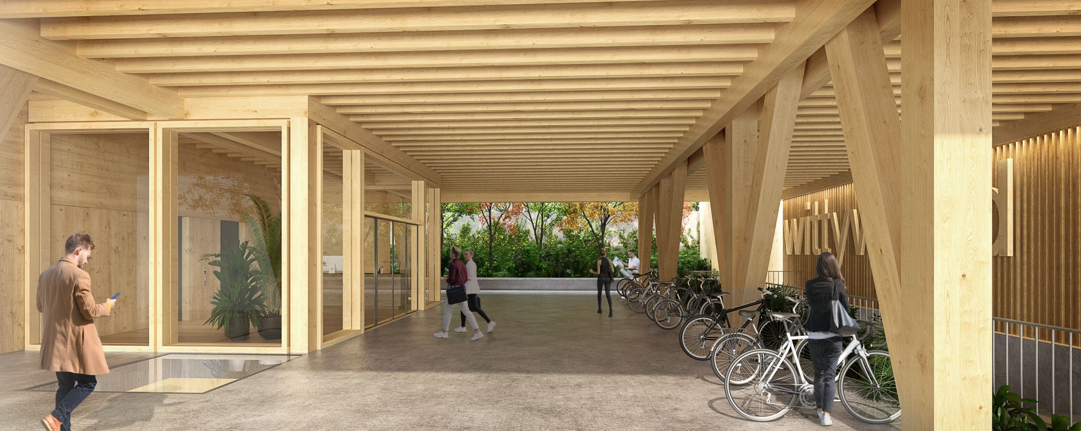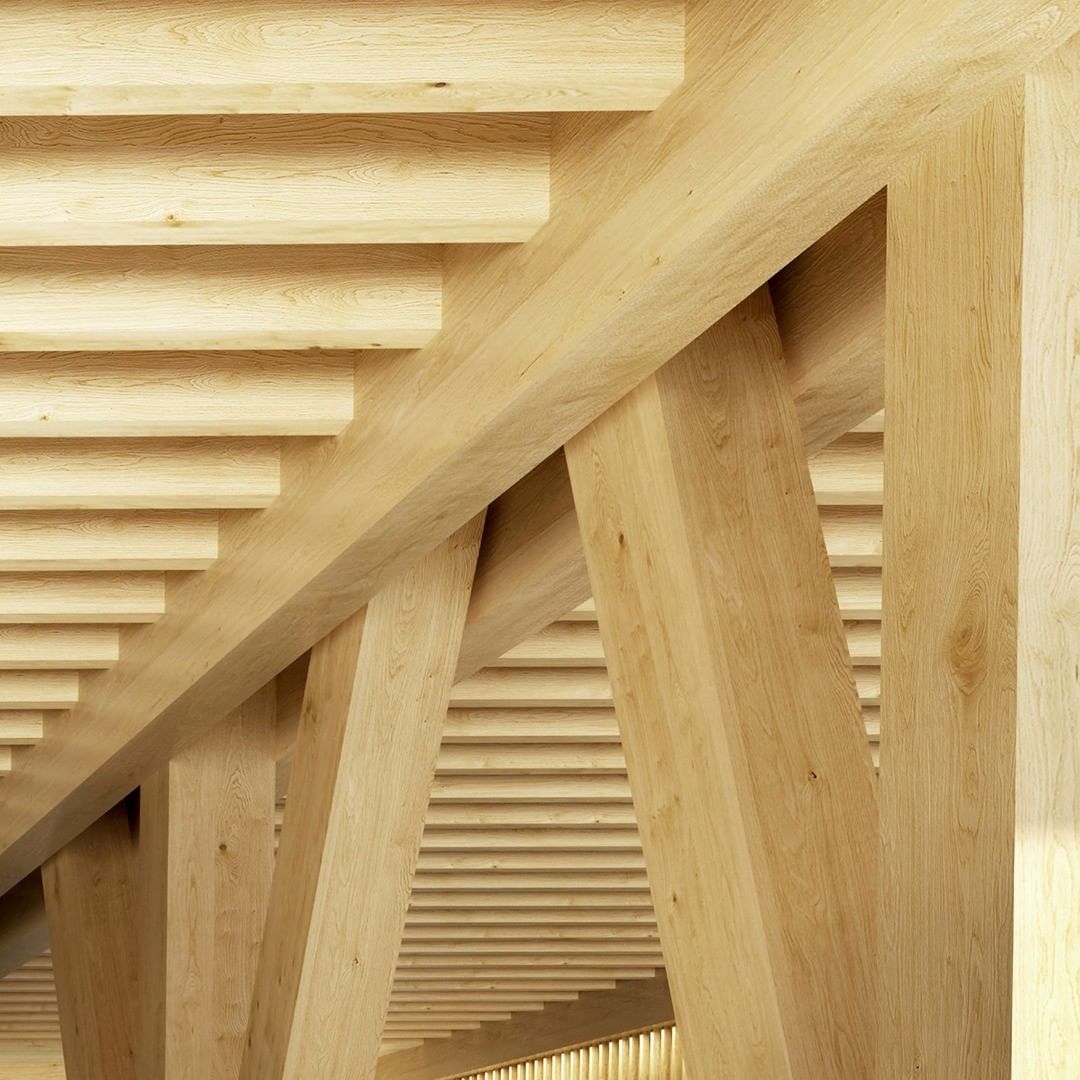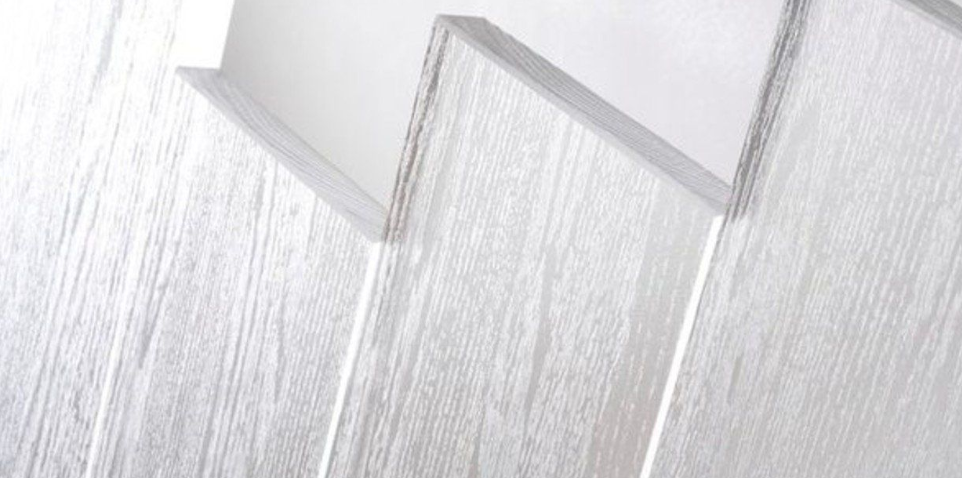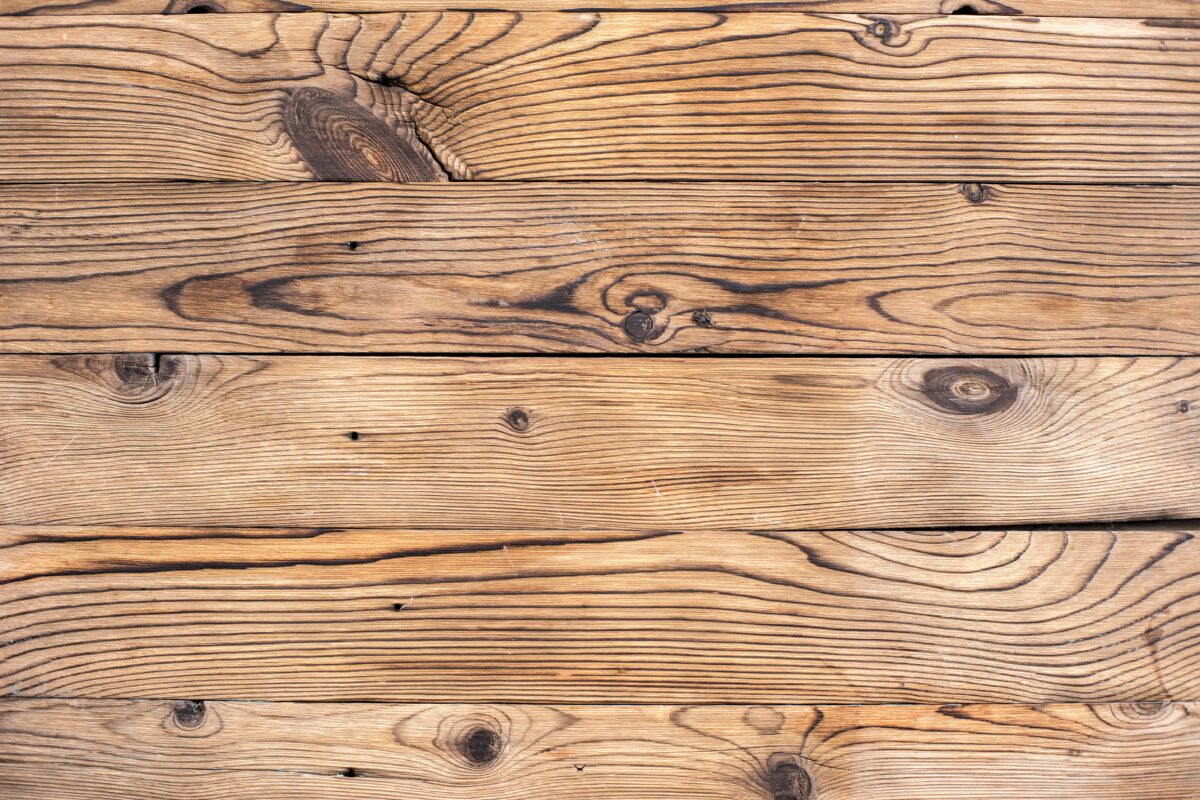Can wood replace steel and concrete?
Materials like concrete and steel are frequently used in the construction of buildings, but we hardly consider wood. However, wood is an excellent building material as it requires 24 times less energy than conventional construction and offers several benefits compared to concrete and steel.
In particular, its acoustic and thermal performance is superior to that of concrete or steel; in fact, timber construction doesn’t need any additional materials in order to achieve a high thermal and acoustic performance.
Another important quality is its resistance. Wood has a very high bending strength, which allows to build lighter structures. Its strength-to-weight ratio is 1.3 times superior to that of steel and 10 times superior to that of concrete.
Wood is resistant to moisture and to many of the chemicals that affect steel and concrete, such as corrosive salts, dilute acids, industrial gases and marine air.
Despite popular belief, wood has an excellent resistance to fire. When burning, wood acts as a thermal insulator and stabilizes the combustion. In addition, if wood exceeds its strength limit, unlike steel, wood does not collapse, but gives way slowly.
What is the durability of wood? There are many centuries-old buildings that testify wood’s great durability. Since wood is a natural material, it is also exposed to the passage of time and its durability is determined by its resistance to humidity, insects, xylophagous and fungi, etc.
The end of life of wood is achieved by incineration. In fact, if we consider its combustion, we find that it is neutral in terms of emissions: the CO₂ emissions when burned are equals to those the wood has absorbed during its “tree life”, before becoming a building material.
Thanks to all these properties, wood is becoming more and more important in the world of architecture.







